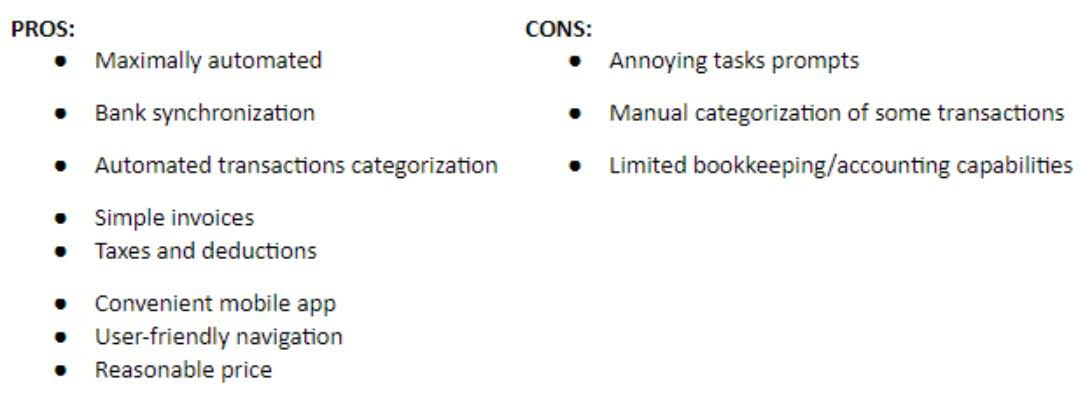
Assume, for example, that in aproduction center, actual direct materials costs of $ 52,015exceeded standard costs by $ 6,015. Knowing that actual directmaterials costs exceeded standard costs by $ 6,015 is more usefulthan merely knowing the actual direct materials costs amounted to $52,015. Now the firm can investigate the cause of the excess ofactual costs over standard costs and take action. Standard costing system is a fundamental technique in cost accounting that plays a crucial role in helping businesses manage their finances effectively. It provides a predetermined benchmark for measuring actual costs, enabling organizations to evaluate performance, identify variances, and make informed decisions.
What is the purpose of cost accounting?
Standard costing involves setting predetermined costs for materials, labor, and overhead, which are then compared to the actual costs incurred. This model allows organizations to measure and analyze variances between standard costs and actual costs, providing insights into cost control and performance evaluation. By utilizing standard costing in your cost analysis, you can identify areas of inefficiency and take corrective actions to improve cost management.
Types of Cost Accounting
Additionally, you may need to clean and transform the data to remove any inconsistencies or errors that could affect the integrity of your report. In setting standards, the key question is to decide on the type of standard to be used in fixing the cost. The main types standard costing system of standards are ideal, basic, and currently attainable standards. Classification or grouping of accounts is essential for standard costing. The main purpose of standard cost is to provide management with information on the day-to-day control of operations.
- Additionally, you may need to clean and transform the data to remove any inconsistencies or errors that could affect the integrity of your report.
- Basic standards provide the basis for comparing actual costs over time with a constant standard.
- Increasing inventory requires increased production, which means that processes must operate at higher rates.
- This account often contains the standard cost of the direct materials on hand.
- For example, the grade of material used to establish the standard may no longer be available.
Understanding Cost Accounting
You can schedule regular data refreshes from your data sources, eliminating the need for manual updates and enabling real-time monitoring of costs. This automation saves time and effort, allowing you to focus on analyzing the data rather than maintaining it. To enhance the usability of your cost analysis report, Power BI offers a range of filtering options. Filters and slicers allow users to dynamically modify the data displayed in the report, enabling them to focus on specific cost areas or time periods. By incorporating filters and slicers in your cost analysis report, you can provide users with the flexibility they need to analyze the data according to their unique requirements.

Basic standards
- Logically,identical physical units produced in a given time period should berecorded at the same cost.
- In the areas of Accounting, Cost Accounting and Management Accounting, Standard Costing enjoys a significant place in acting as a cost controlling and cost reducing managerial tool.
- In contrast to general accounting or financial accounting, the cost-accounting method is an internally focused, firm-specific system used to implement cost controls.
- Within an organization, there are several objectives that a standard costing system may be established to help achieve.
- In this article, we will explore the process of creating a cost analysis report using the powerful data visualization capabilities of Power BI.
- More important, it helps the management to set a proper price and compete in the market.
The use of standard costs may cause employees to become more cost-conscious and to seek improved methods of completing their tasks. Only when employees are active in reducing costs can companies really become successful in cost control. Budgets are formal written plans that represent management’s planned actions in the future and the potential impacts of these actions on the business. As a business incurs actual expenses and revenues, management compares them with the budgeted amounts. To control operations, management investigates any differences between the actual and budgeted amounts and takes corrective action.

Problems in Setting Standard Costs
The standard rate is calculated based on a production volume of 10,000 items (equivalent to 5,000 labor hours), and a total budgeted fixed cost of 13,000. The actual cost will always be different from the projected standard cost. The cost accountant periodically calculates the differences, called variance, and updates the accounting records so that the chances https://www.bookstime.com/ of any significant accounting efficiencies are minimized. Vice versa, the standard costs already determined can be used as aids in the preparation of budgets. The principle difference between budgets and standard costs lies in their scope. The budget, as a statement of expected costs, acts as a guidepost, which keeps the business on a charted course.
Independent Branch Accounting
- Analysis of variances between standard costs and actual costs provide vital information useful in improving and maintaining efficiency of operations.
- Production is usually articulated in physical units such as tons, pounds, gallons, numbers, kilograms, liters, etc.
- Traditionally, overhead costs are assigned based on one generic measure, such as machine hours.
- It assigns costs to products, services, processes, projects and related activities.
- Standard cost offers a criterion against which actual costs incurred by the business can be measured and analyzed.